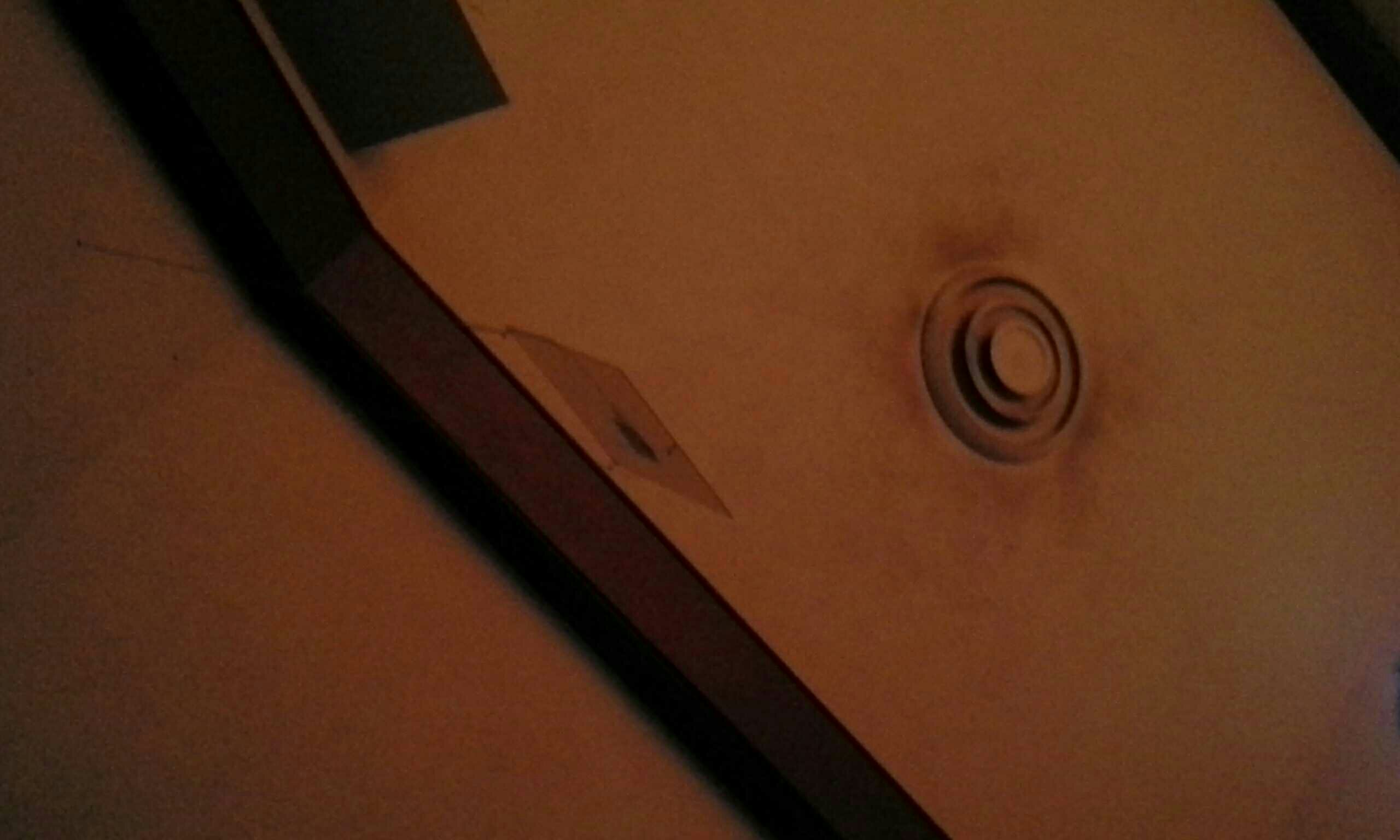I have the ability to switch the source for my lobby/backstage monitors to either being a copy of the main L/R send or being a microphone. The mic input is located on my second house catwalk. It's about 30 feet from the main speakers and 40-50 feet from the stage. I'm told that there used to be a shotgun mic in this location but it was stolen before I was hired. I want to replace it but I have a couple questions.
1) Should I consider moving the location? The default position is about 25' horizontal and 5' lower than the mains. It seems to me a shotgun might be overwhelmed by the mains in this position. In my old theater this was a problem and I was constantly switching between a shotgun and a condenser depending on how loud the event was. I can easily reposition the mic to the rear of the house or to a side gallery. What do you think?
2) What mic should I use?
1) Should I consider moving the location? The default position is about 25' horizontal and 5' lower than the mains. It seems to me a shotgun might be overwhelmed by the mains in this position. In my old theater this was a problem and I was constantly switching between a shotgun and a condenser depending on how loud the event was. I can easily reposition the mic to the rear of the house or to a side gallery. What do you think?
2) What mic should I use?



